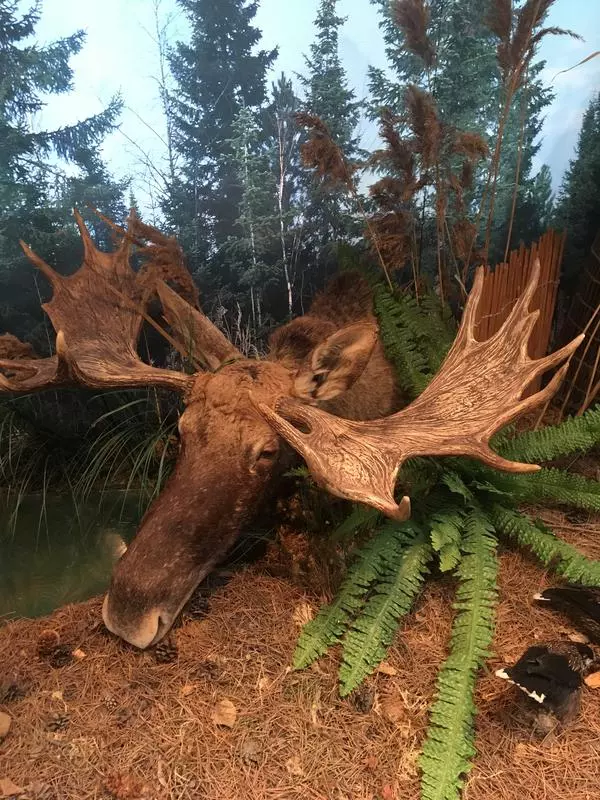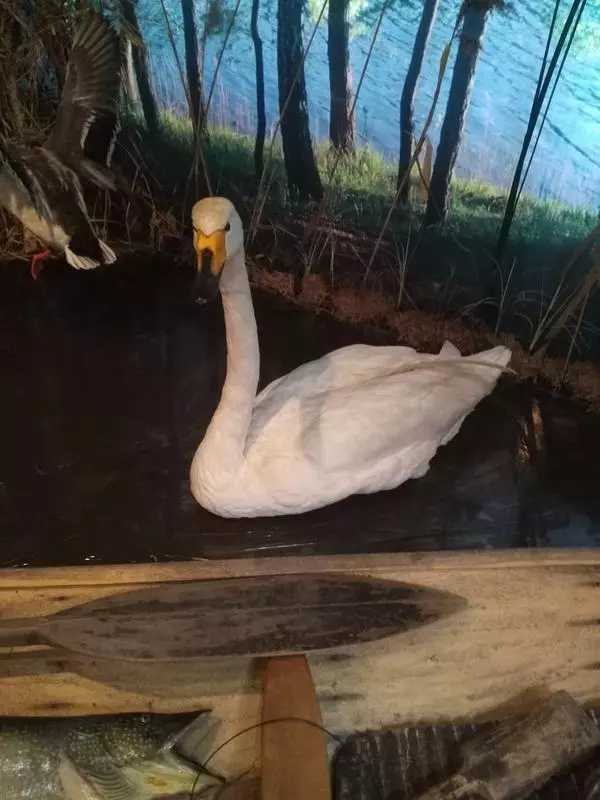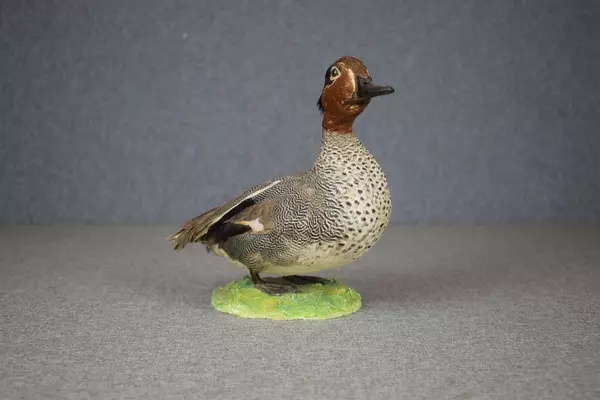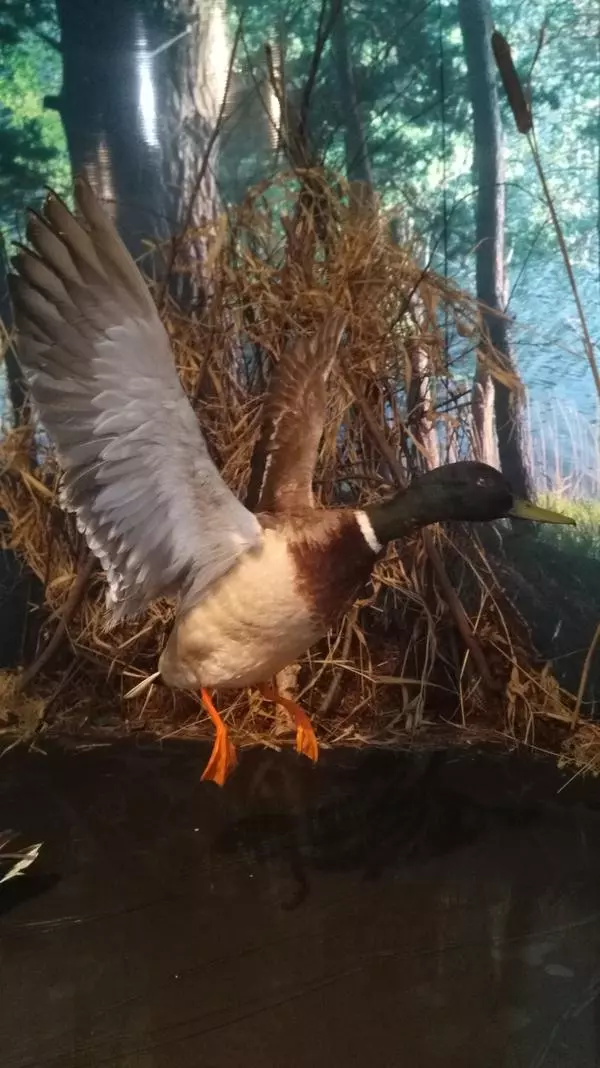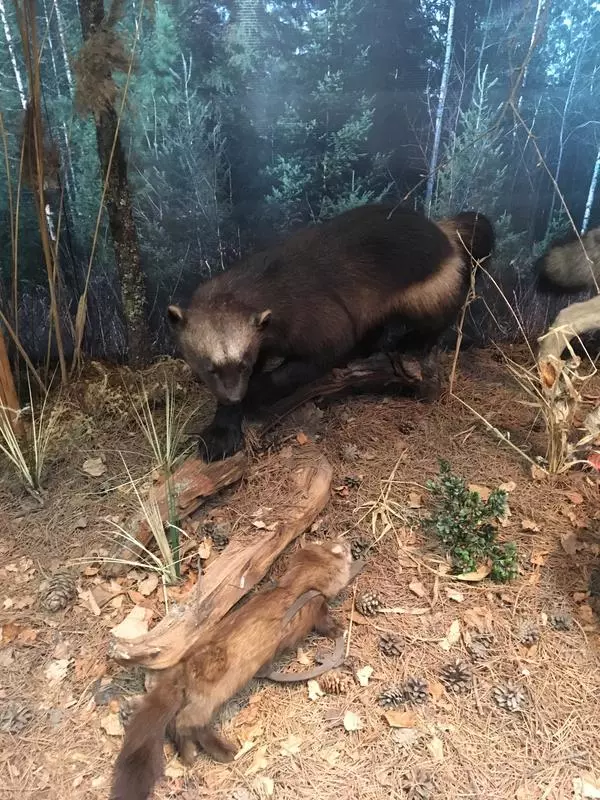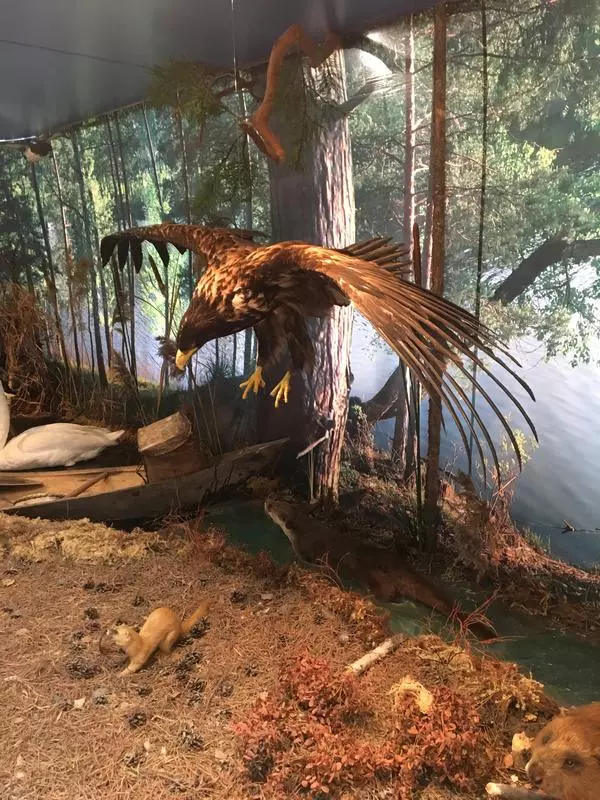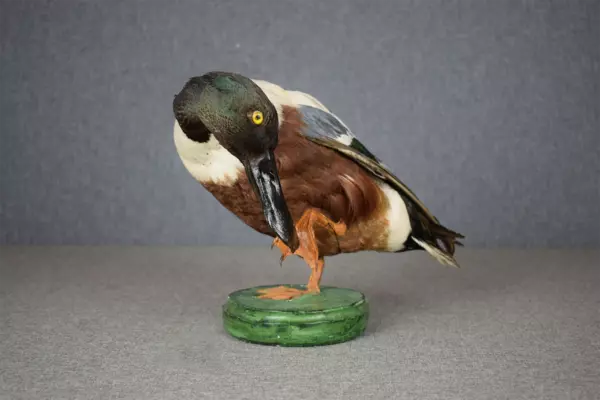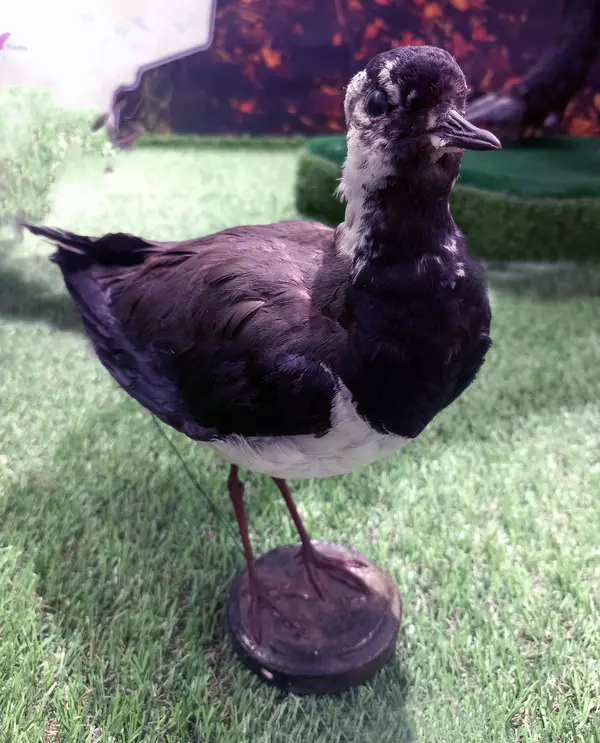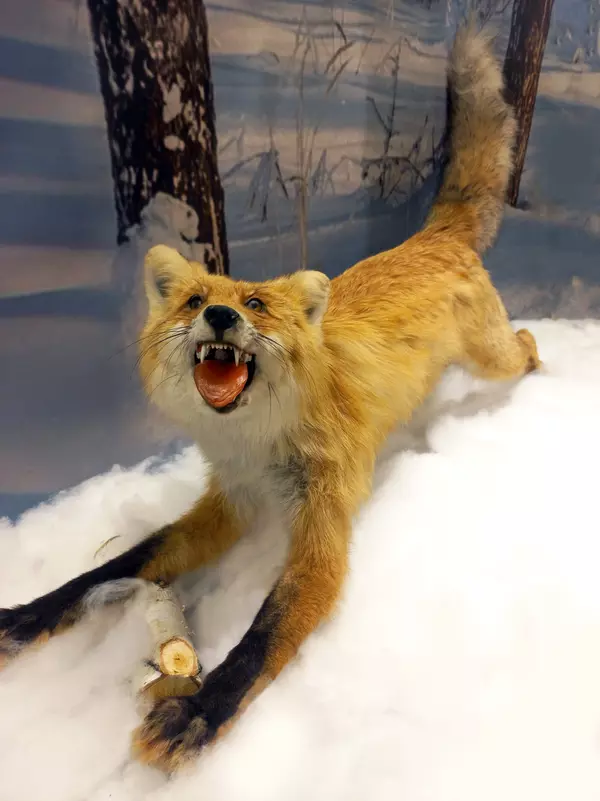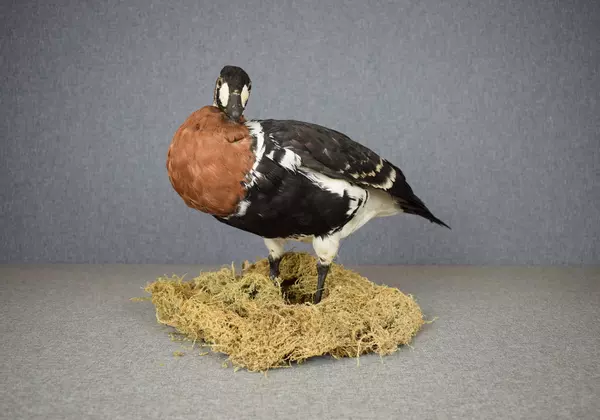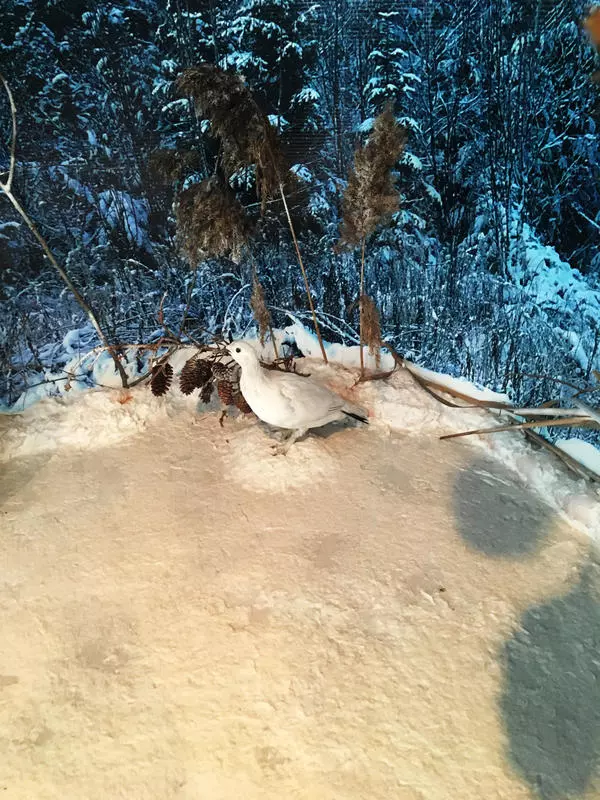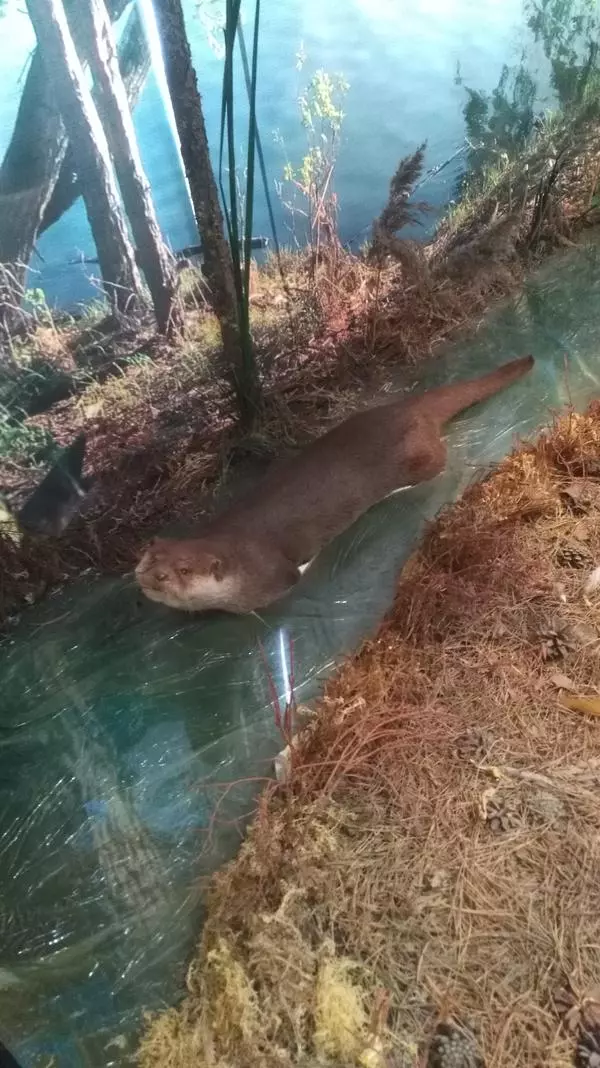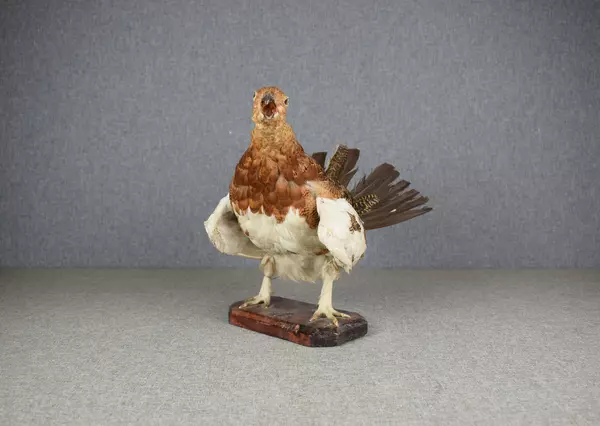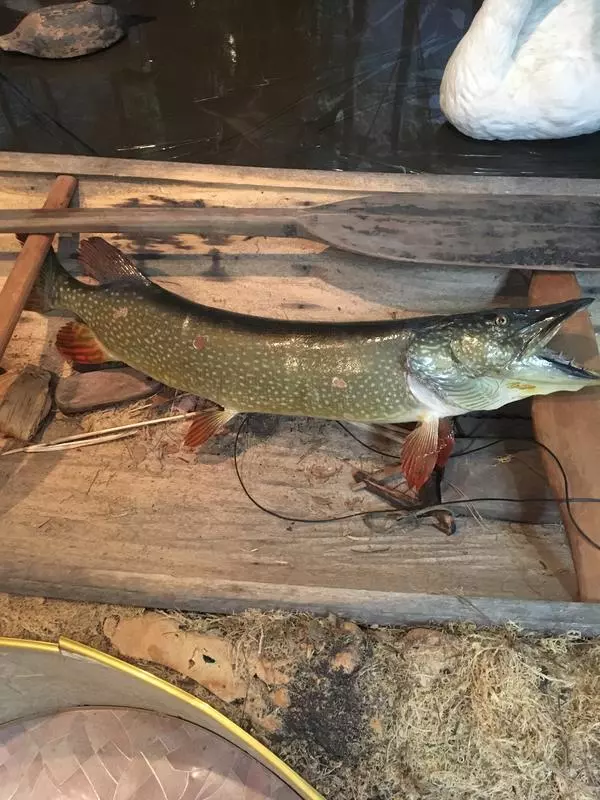The Eurasian badger is a carnivorous animal from the Mustelidae family. It leaves in mixed forests, in the taiga and in mountain forests, and in the south of Russia, it also can be found in steppes and semi-deserts. They live in deep holes that they dig on the slopes of sand hills, forest ravines and gullets. These animals stick to their favorite places for generations: according to geochronological studies, some of badgers’ settlements are several thousand years old.
Solitary badgers use simple holes with one entrance and a nest chamber. Old badgers’ settlements are complicated multi-storied underground structures. They can have up to 50 entrances and ventilation holes, and the long tunnels lead to 2-3 spacious nest chambers. These ‘apartments’ are located at a depth up to 5 m and are lined with dry bedding. The animals also protect their dwelling places with a water-resistant layer that prevents rain and ground water from penetrating into them.
Badgers are nocturnal animals, but sometimes they can also be seen during daylight hours: before 8 o’clock in the morning and after 17-18 o’clock in the evening. These animals are not aggressive towards man or other predators: they prefer to walk away and hide in their holes. But if someone makes a badger really angry, it beats the offender with its muzzle and bites them, and then runs away.
Badgers are omnivorous but prefer animal food. They eat mouse-like rodents, frogs, lizards, birds and their eggs, insects and their larvae, shellfish and earthworms, as well as mushrooms, berries, and grass. It has a very keen nose that helps it find food. During the hunt, badgers walk around large territories, examining fallen trees and tearing off their bark with their sharp claws, searching for prey.
Sometimes, during one hunting session, a badger finds 50-70 frogs, hundreds of insects and earthworms. During a day, it can eat just half a kilogram of food, and only in autumn, it starts eating much more to accumulate fat that will become its source of energy during winter sleep. The badger is the only member of the Mustelidae family that falls into winter sleep. By that time, a badger can gain up to 10 kilograms of weight.
Solitary badgers use simple holes with one entrance and a nest chamber. Old badgers’ settlements are complicated multi-storied underground structures. They can have up to 50 entrances and ventilation holes, and the long tunnels lead to 2-3 spacious nest chambers. These ‘apartments’ are located at a depth up to 5 m and are lined with dry bedding. The animals also protect their dwelling places with a water-resistant layer that prevents rain and ground water from penetrating into them.
Badgers are nocturnal animals, but sometimes they can also be seen during daylight hours: before 8 o’clock in the morning and after 17-18 o’clock in the evening. These animals are not aggressive towards man or other predators: they prefer to walk away and hide in their holes. But if someone makes a badger really angry, it beats the offender with its muzzle and bites them, and then runs away.
Badgers are omnivorous but prefer animal food. They eat mouse-like rodents, frogs, lizards, birds and their eggs, insects and their larvae, shellfish and earthworms, as well as mushrooms, berries, and grass. It has a very keen nose that helps it find food. During the hunt, badgers walk around large territories, examining fallen trees and tearing off their bark with their sharp claws, searching for prey.
Sometimes, during one hunting session, a badger finds 50-70 frogs, hundreds of insects and earthworms. During a day, it can eat just half a kilogram of food, and only in autumn, it starts eating much more to accumulate fat that will become its source of energy during winter sleep. The badger is the only member of the Mustelidae family that falls into winter sleep. By that time, a badger can gain up to 10 kilograms of weight.



